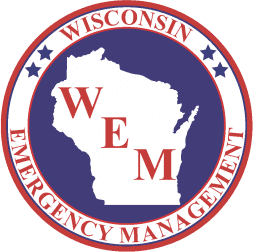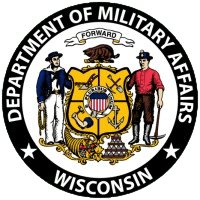2024 Pre-Disaster Flood Resilience Grant
Department of Military Affairs, Division of Emergency Management
Hazard Mitigation Section
Aug. 26 & Sept. 4, 2024
Purpose
2023 Act 265 amended Wisconsin Statute 323 to include the Pre-Disaster Flood Resilience Grant (PDFRG) program.
- Administered by Wisconsin Emergency Management (WEM)
- Provides grants for the purpose of:
- Identifying flood vulnerabilities
- Identifying options to improve flood resilience
- Restoring hydrology in order to reduce flood risk and damages in flood-prone communities
- $2 million in 2023-2025 biennium

Eligible Applicants
Local governmental unit:
- Federally recognized American Indian tribe or band
- City, village, town
- County
- Regional planning commission
On behalf of a local governmental unit:
- Nonprofit
- Private consulting organization
Multiple local governmental units can be included in one application.
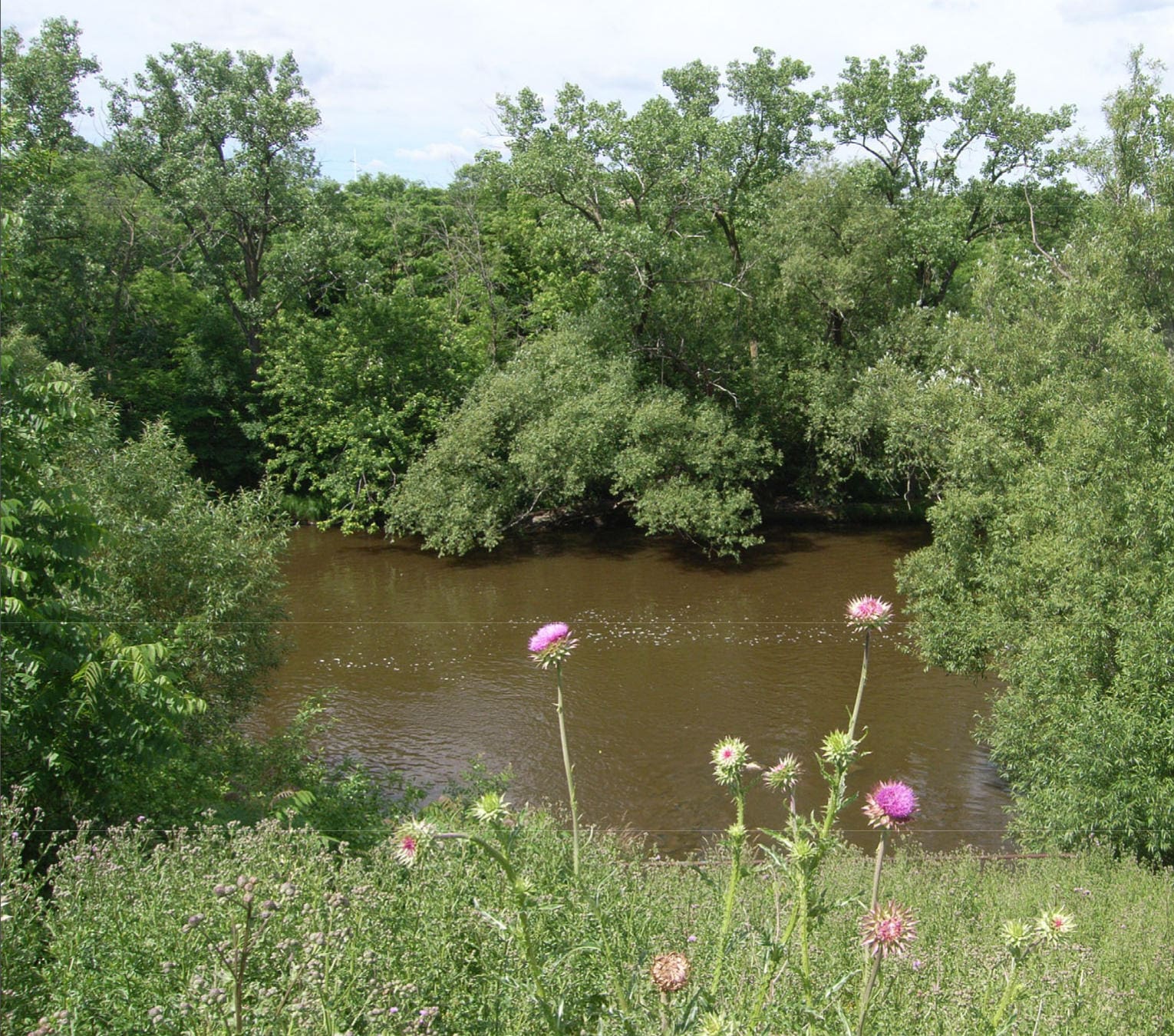
Additional Eligibility Requirements
Must meet one of the following:
- Project area must have been the site of a federal disaster declaration for flooding in the previous 10 years.
- Project area must have been the site of a governor-issued state of emergency for flooding in the previous 10 years.
- Application is for a local governmental unit that has a WEM-approved hazard mitigation plan identifying localized exposure to flood risk.
Minimum 25% local match
- Cash match – cannot come from another state grant source
- In-kind match, e.g., labor, equipment, materials, etc.
Projects: Assessment Grants
- Minimum 60% of total funds
- Gather information on vulnerabilities and identification of flood resilience priorities on a watershed, catchment, or stream reach scale.
- Understand flood flows and erosion hazards and vulnerabilities; identify opportunities to increase flood resilience including restoration of wetland, stream, and floodplain hydrology.
- Develop culvert inventories using the Great Lakes Stream Crossing Inventory, 0r similar method that considers structural risk factors, aquatic organism passage, and upstream hydrologic conditions.
- Conduct hydrologic and hydraulic studies that help develop hydrologic models.
- Maximum award $300,000 state share
Projects: Implementation Grants
- Maximum of 40% of total funds
- Implement hydrologic restoration projects identified through an assessment grant or comparable assessment process.
- Project types (multiple project types are allowable):
- Regulatory coordination
- Engineering & design
- Construction
- Post-construction monitoring
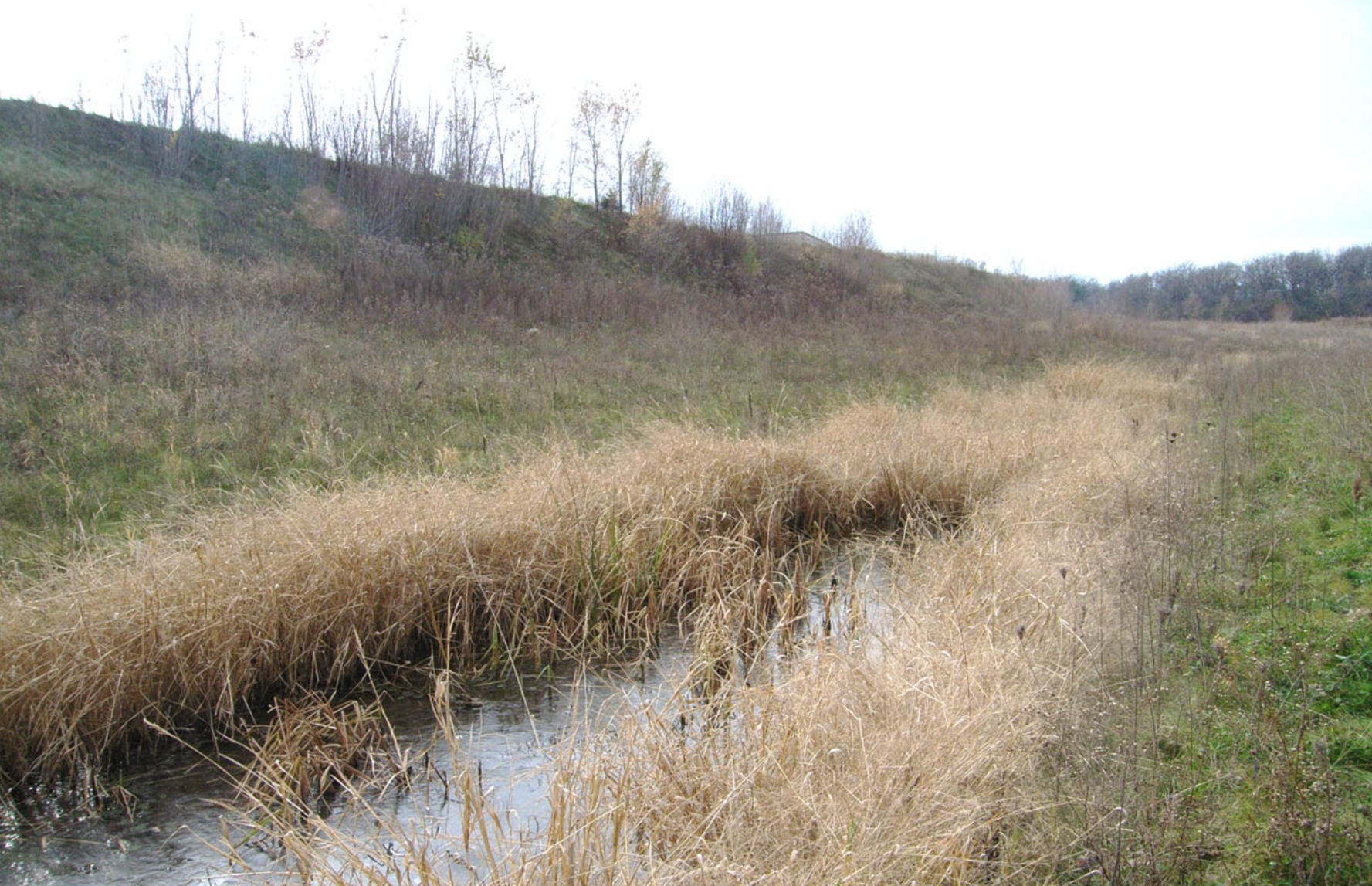
Projects: Implementation Grants
Project activities (multiple activities are allowable/encouraged):
- Reconnect streams and floodplains
- Reestablish healthy channel form and condition
- Mitigate erosion hazards
- Remove or reduce wetland drainage
- Restore or improve natural flow and movement of water or sediment
- Reestablish vegetation to support site stability and help manage flow and infiltration
Maximum award $250,000 state share
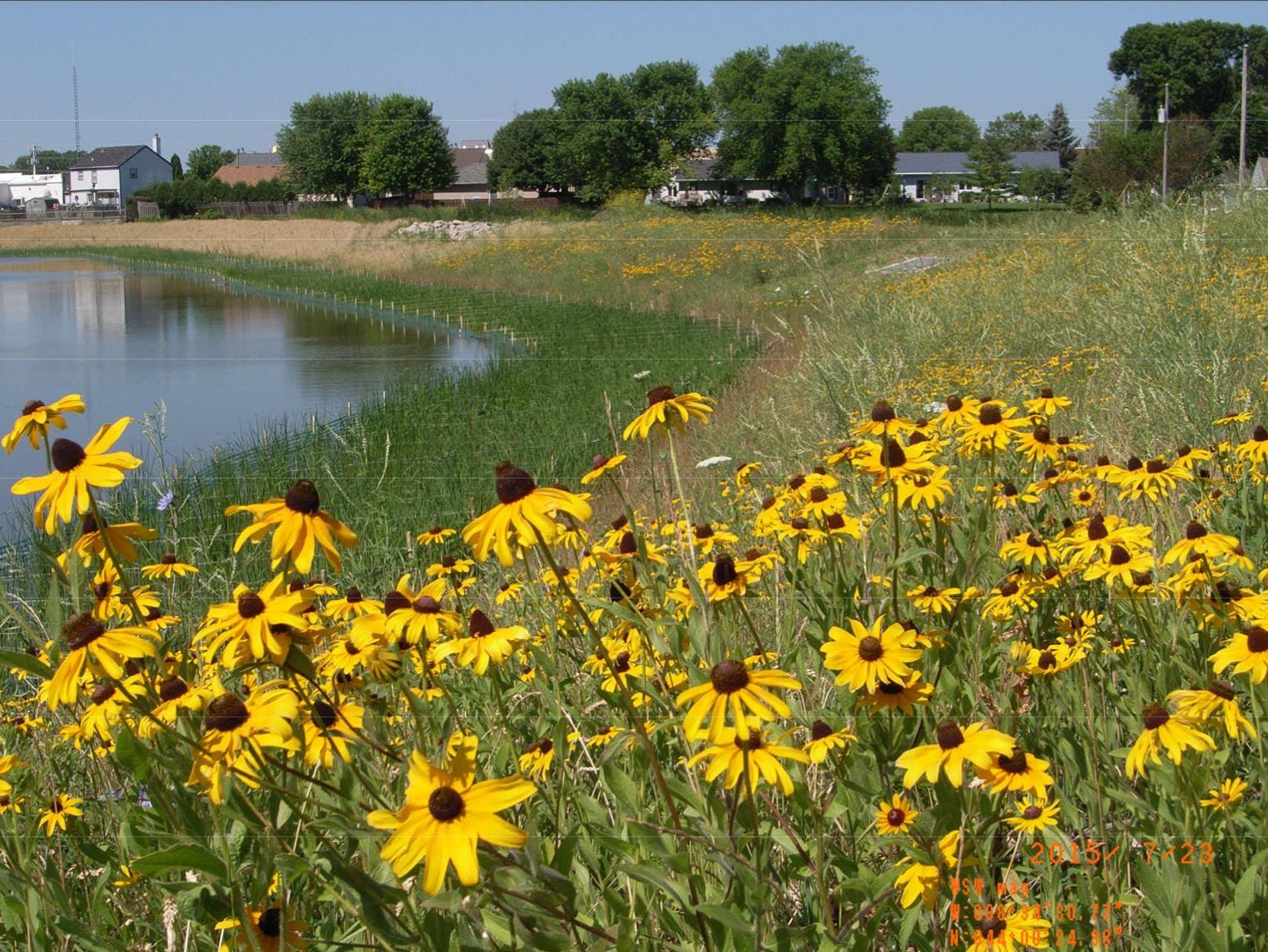
Application Components
Basic information – entity, contact, etc.
Required certifications – written documentation:
- From local governmental unit’s main decision-authorizing body authorizing participation in the grant project.
- From local governmental unit’s body responsible for expending the local governmental unit’s funds committing to the match and any costs in excess of the estimated budget.
- From applicant committing to fulfilling all program requirements and following state and local codes, standards, and regulations.
- Description of the problem
- Describe degraded hydrology and include documentation of past flood or erosion damages or future expected damages.
Refer to hazard mitigation plans and other risk assessments or studies
Scope of work and outcomes
- Include detailed description of the project, deliverables, project outcomes, any available designs.
- For implementation projects: If the project will alter the floodplain, include a plan for completing FEMA’s CLOMR/LOMR map revision process.
Project location
- Maps, photographs, coordinates, legal descriptions
- Hydrologic unit codes, watershed boundaries
- Flood insurance rate map
Review and Determination Period
Application Submitted
LOMR and CLOMR
(Includes the approval of all data submitted)
90 days
LOMR-F and CLOMR-F
60 days
Budget (costs incurred prior to grant award are not eligible)
- Documentation of costs must be included. Do not use lump sums.
- Contingencies are limited to 5%.
- Include costs for completing FEMA’s CLOMR/LOMR process for map revisions.
Cost effectiveness – formal benefit cost analysis or narrative
Work schedule – milestones for up to 24 months

For implementation projects only:
- Assessment process and alternatives analysis
- Commitment to ongoing maintenance, if applicable
Grant Requirements
- 2-year performance period.
- Submission of eligible expense documentation and proof of payment to receive reimbursement.
- Quarterly reporting.
- Final report summarizing project goals, activities, data, and other observations. The reports will be posted on WEM’s website.
- Deliverables identified in the application.
- Data generated from any activity may not be deemed proprietary and must be provided to entities that develop local hazard mitigation plans.
2024 Application Timeline
- Sept. 1: Application posted to WEM’s website:
https://wem.wi.gov/mitigation-grant-opportunities/ - Sept. 30: Notice of intent to apply due to WEM via email.
- Nov. 30: Applications due to WEM via email. Confirmation of receipt will be sent within 48 hours.
- Jan. 15: Anticipated grant awards.
To improve accessibility, we have made the slides from our recent webinar available directly on this page. We hope this format helps you easily access the content. For those who prefer to download and view the slides offline,
you can still access the PDF document here. If you have any questions or need further assistance, please contact us at
accessibility@dma.wi.gov. Please provide the URL (web address) of the material you tried to access, and the problem you experienced.
